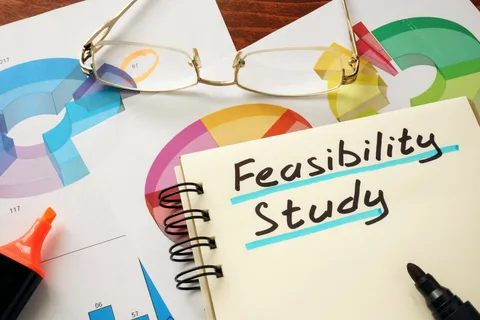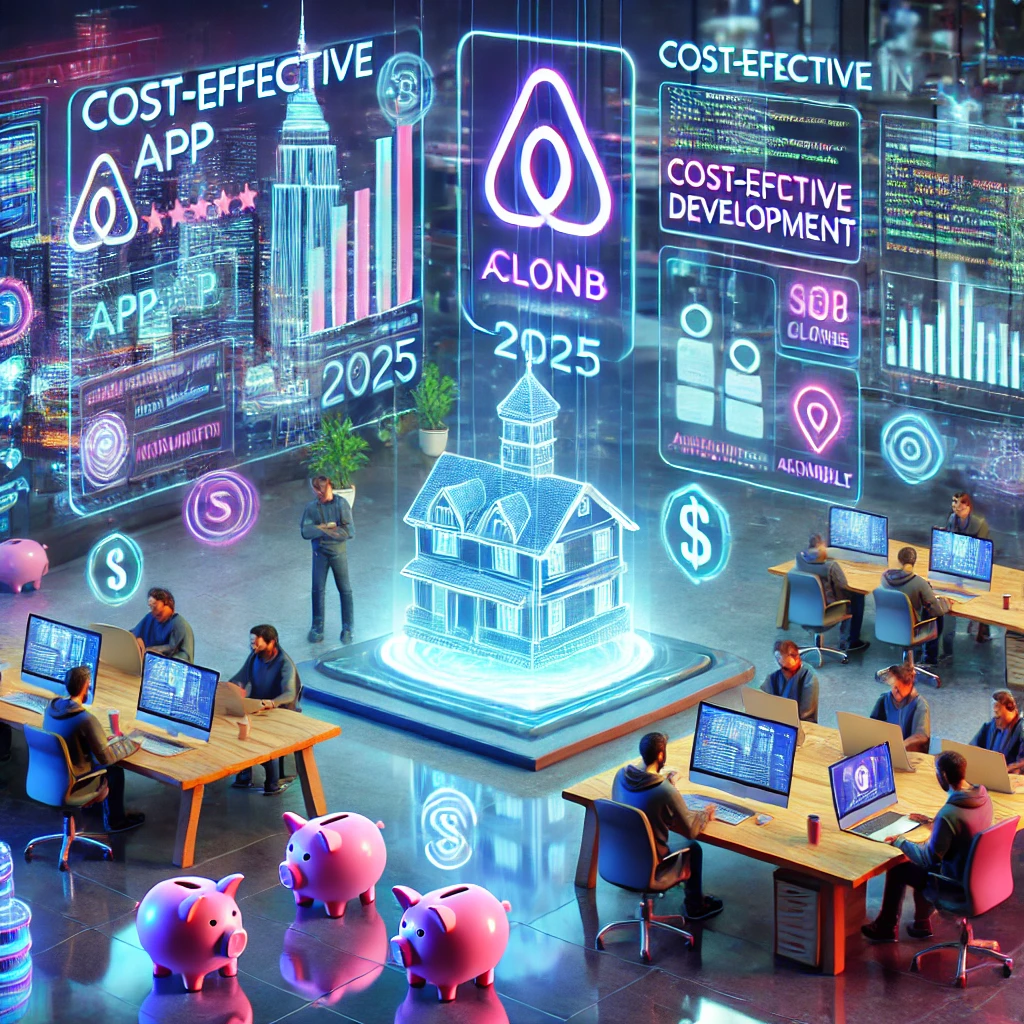Starting a new business or launching a project requires careful planning. Before investing money, time, and effort, you need to know whether your idea will work. This is where a feasibility study comes in. It helps you understand if your business idea is practical, profitable, and worth pursuing.
A feasibility study is a detailed analysis that evaluates different aspects of a business idea. It looks at costs, risks, market demand, and other factors to determine whether the project is possible. In this article, we will break down the key components of a feasibility study in simple terms so that anyone can understand them.
NOTE: Ready to turn your business idea into reality? A feasibility study in Dubai is your first step to success! Get expert insights, market analysis, and financial projections to make informed decisions. Contact us today to start your journey with confidence!
Why Is a Feasibility Study Important?
Before diving into the key components, let’s first understand why a feasibility study is necessary.
- Reduces Risk: It helps you identify potential risks and challenges before they become major problems.
- Saves Time and Money: It prevents you from investing in a business idea that may fail.
- Guides Decision-Making: It provides detailed information that helps in making informed business decisions.
- Attracts Investors: Investors want to see a feasibility study before funding a project.
- Ensures Legal Compliance: It helps businesses follow local laws and regulations.
Now that we understand its importance, let’s explore the key components of a feasibility study.
1. Market Feasibility (Understanding the Market)
What Is Market Feasibility?
Market feasibility examines whether there is a demand for your product or service. It helps you understand your target audience, competitors, and market trends.
What Does Market Feasibility Include?
- Target Audience: Who are your potential customers? What are their needs and preferences?
- Market Size: Is the market large enough to support your business?
- Competitor Analysis: Who are your competitors? What are their strengths and weaknesses?
- Pricing Strategy: How much are customers willing to pay for your product or service?
- Market Trends: Are there any upcoming changes in the industry that could impact your business?
2. Technical Feasibility (Can You Build It?)
What Is Technical Feasibility?
Technical feasibility looks at whether you have the resources and technology needed to bring your idea to life.
What Does Technical Feasibility Include?
- Required Technology: Do you have the necessary technology and equipment?
- Production Process: How will the product or service be developed?
- Location & Infrastructure: Is the location suitable for the business?
- Skilled Workforce: Do you have the right team to operate the business?
3. Financial Feasibility (Is It Profitable?)
What Is Financial Feasibility?
Financial feasibility assesses whether your business idea is financially viable. It estimates costs, revenue, and profit potential.
What Does Financial Feasibility Include?
- Startup Costs: How much money is needed to start the business?
- Operating Costs: What are the ongoing expenses, such as rent, salaries, and utilities?
- Revenue Projections: How much money will the business make?
- Profitability Analysis: Will the business generate enough profit to sustain itself?
- Funding Sources: Where will the money come from (investors, loans, personal savings)?
4. Legal Feasibility (Is It Legal?)
What Is Legal Feasibility?
Legal feasibility ensures that your business follows all laws and regulations.
What Does Legal Feasibility Include?
- Business Licenses & Permits: What licenses and permits are required to operate?
- Regulatory Compliance: Are there any industry-specific regulations to follow?
- Contracts & Agreements: Do you need legal agreements with suppliers, employees, or partners?
- Intellectual Property Rights: Do you need trademarks or patents for your product?
5. Operational Feasibility (Can It Be Managed?)
What Is Operational Feasibility?
Operational feasibility looks at whether the business can be efficiently managed on a daily basis.
What Does Operational Feasibility Include?
- Business Structure: Will it be a sole proprietorship, partnership, or corporation?
- Management Team: Who will run the business?
- Supply Chain: How will you source raw materials or inventory?
- Customer Service: How will customer inquiries and complaints be handled?
6. Risk Assessment (Identifying Potential Problems)
What Is Risk Assessment?
Risk assessment identifies potential risks that could affect your business and how to manage them.
What Does Risk Assessment Include?
- Market Risks: Changes in demand, new competitors, or economic downturns.
- Financial Risks: Unexpected costs, funding issues, or low revenue.
- Operational Risks: Supply chain problems, staffing shortages, or technology failures.
- Legal Risks: Non-compliance with regulations or legal disputes.
Conclusion: Why a Feasibility Study Matters
A feasibility study is essential for any new business or project. It helps you determine if your idea is practical, profitable, and legally compliant. Without a feasibility study, you may face unexpected problems that could lead to failure.
By analyzing market demand, technical requirements, financial aspects, legal considerations, and operational challenges, you can make informed decisions and increase the chances of success.
If you are planning to start a business or launch a project, conducting a feasibility study should be your first step. It will save you time, money, and effort while giving you a clear roadmap to follow.
For more insightful articles related to this topic, feel free to visit coeruniversity







